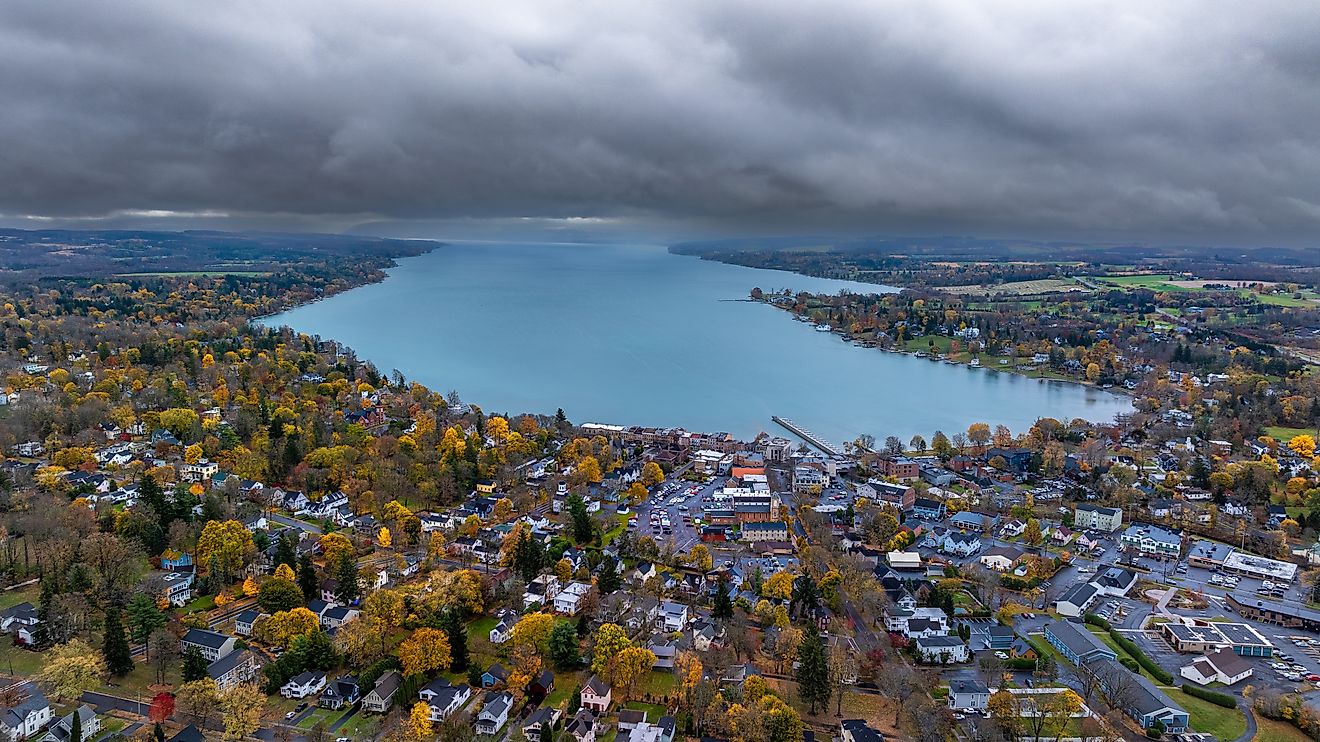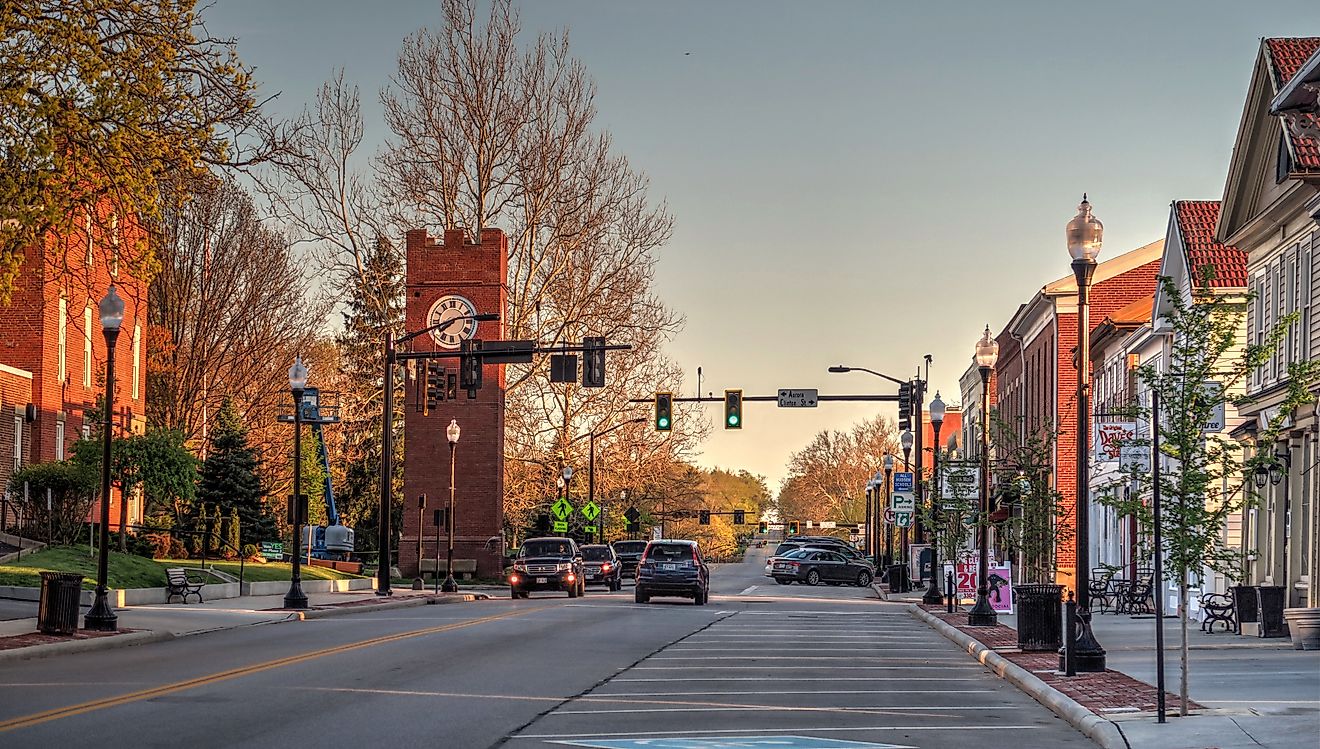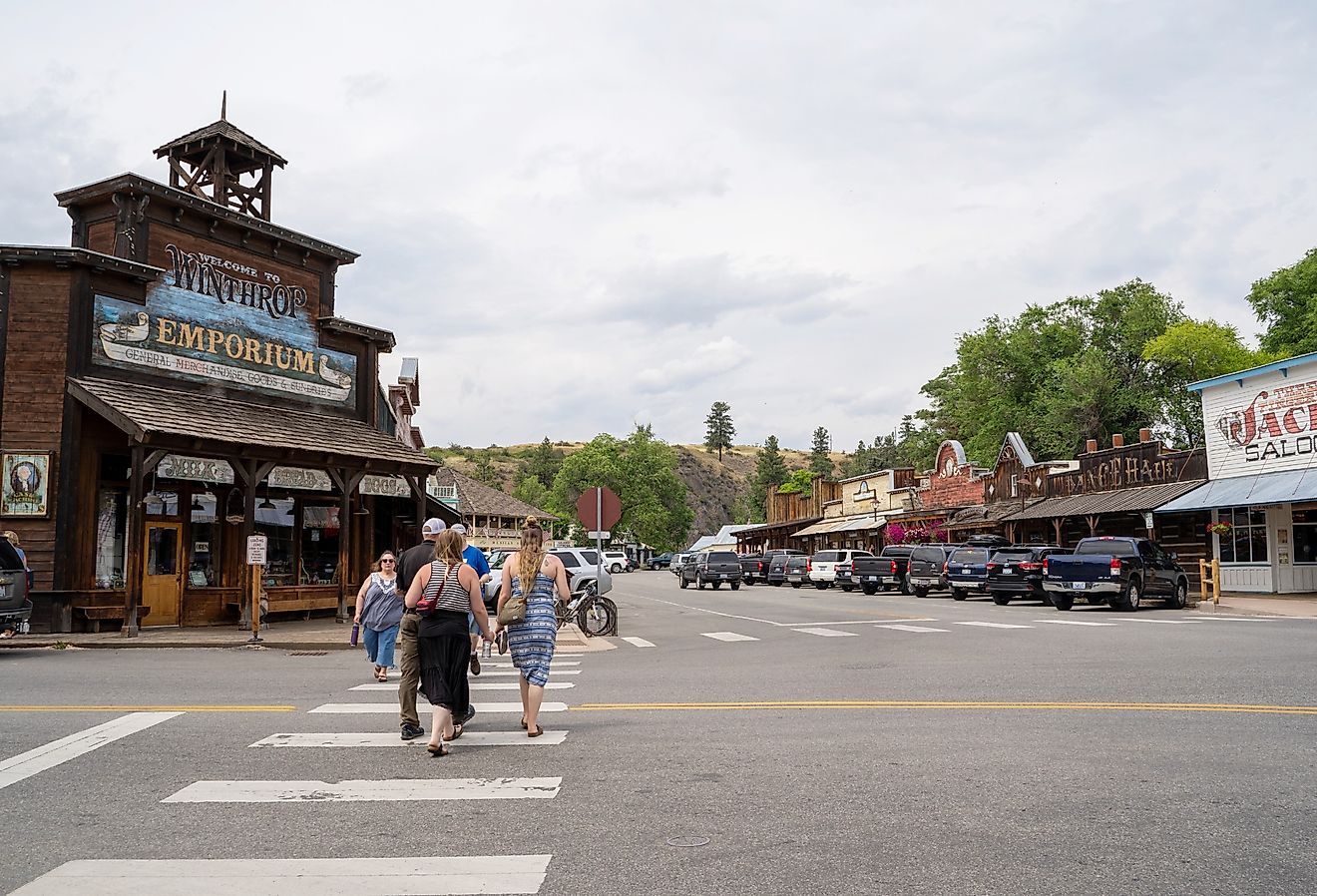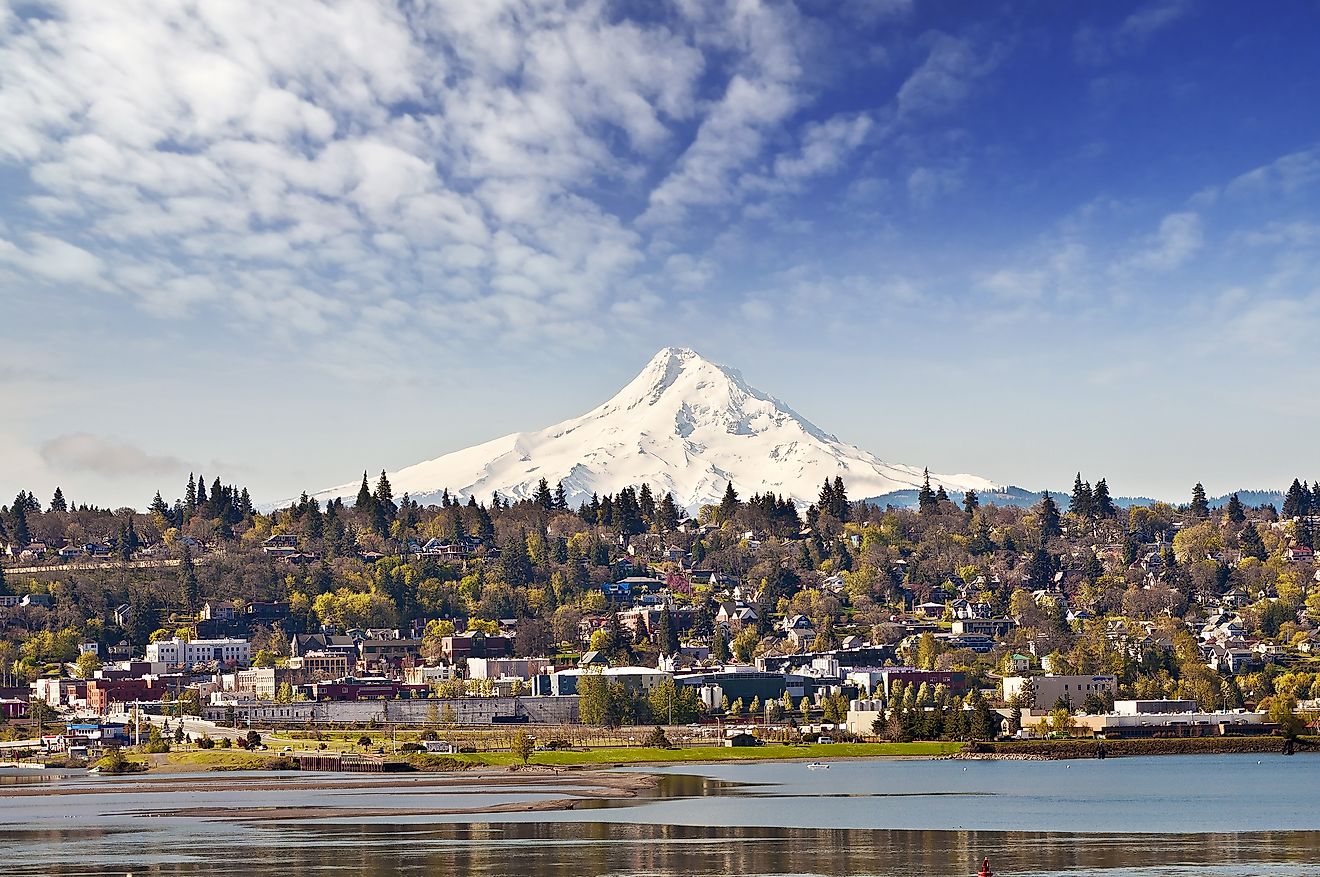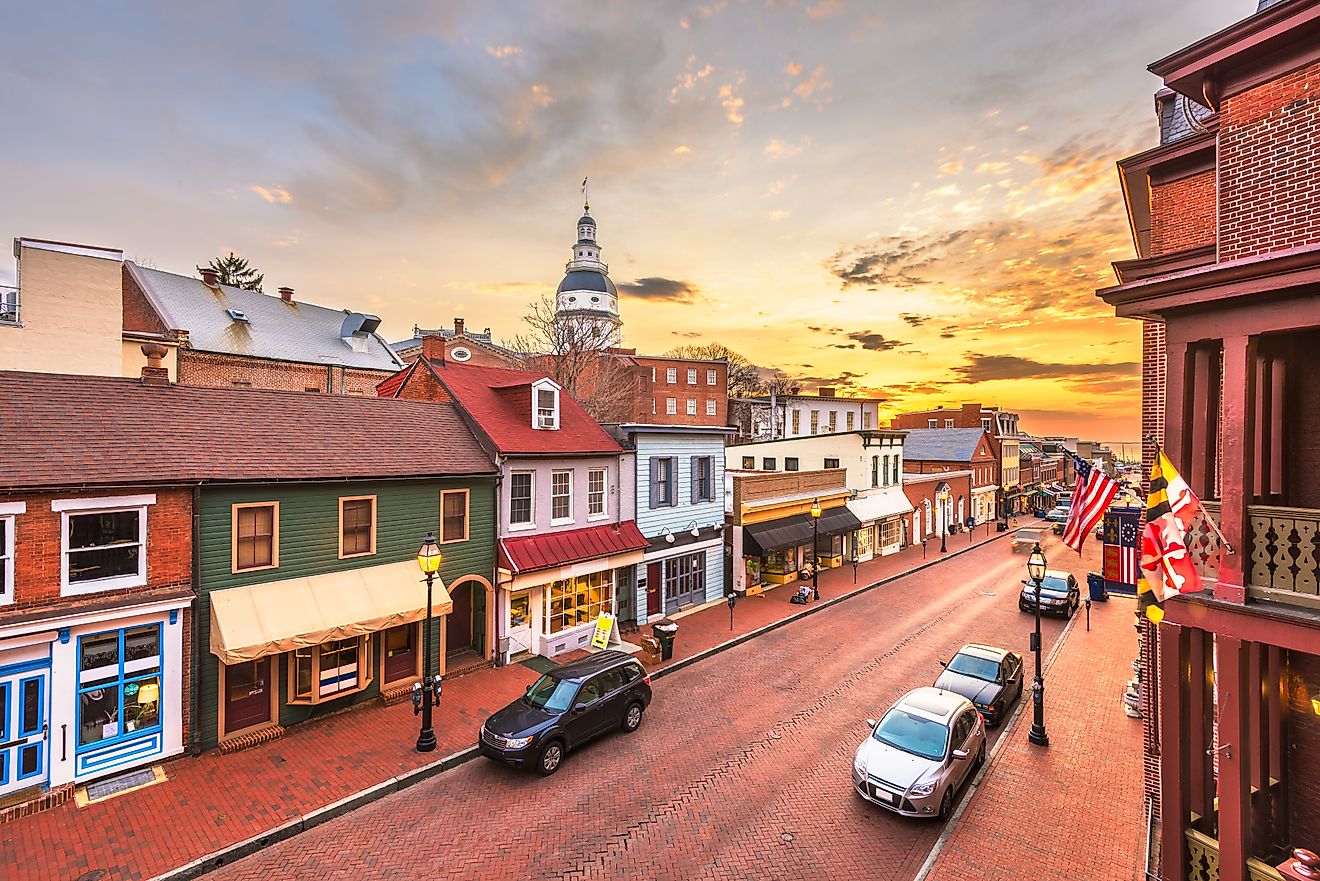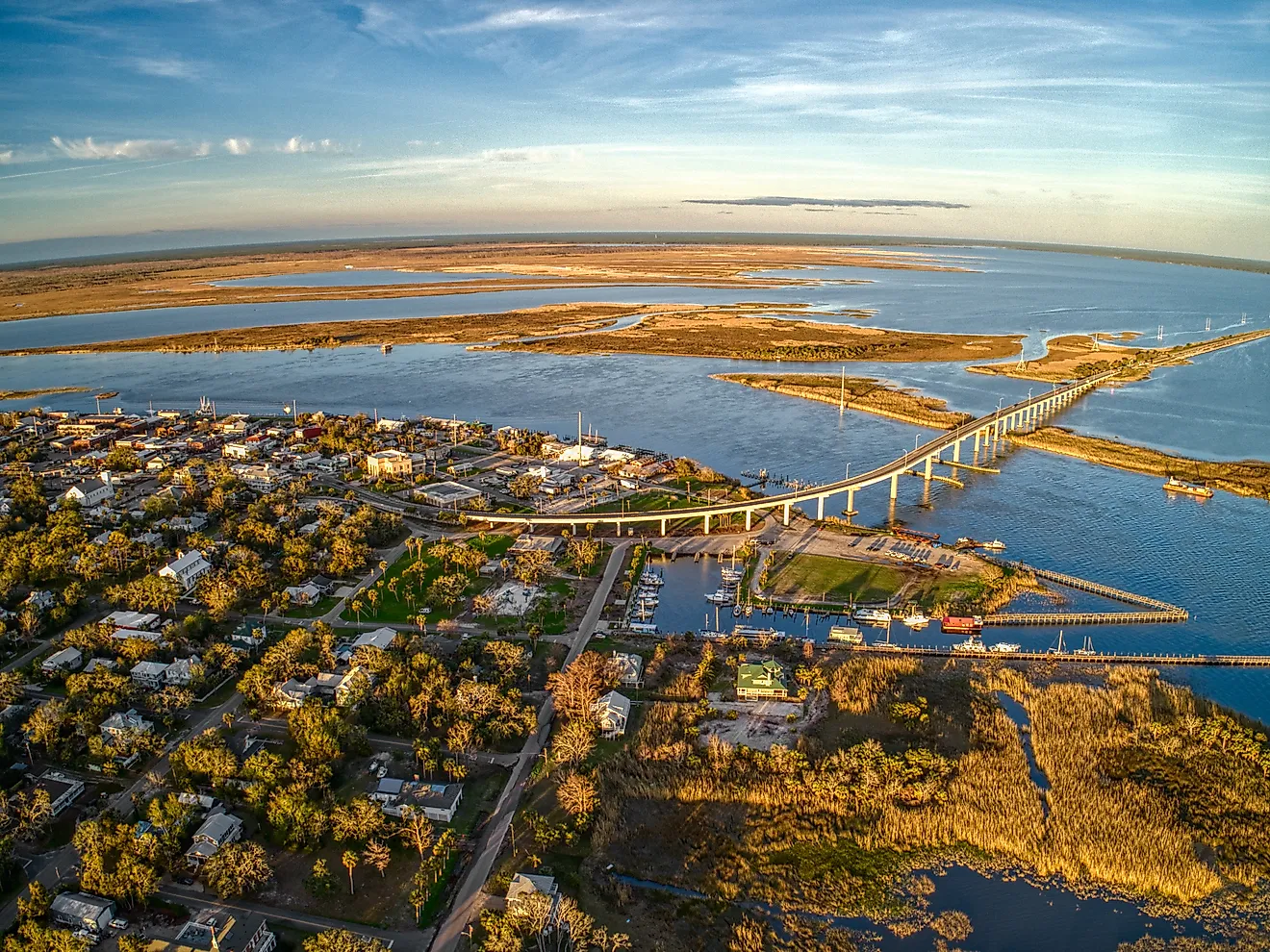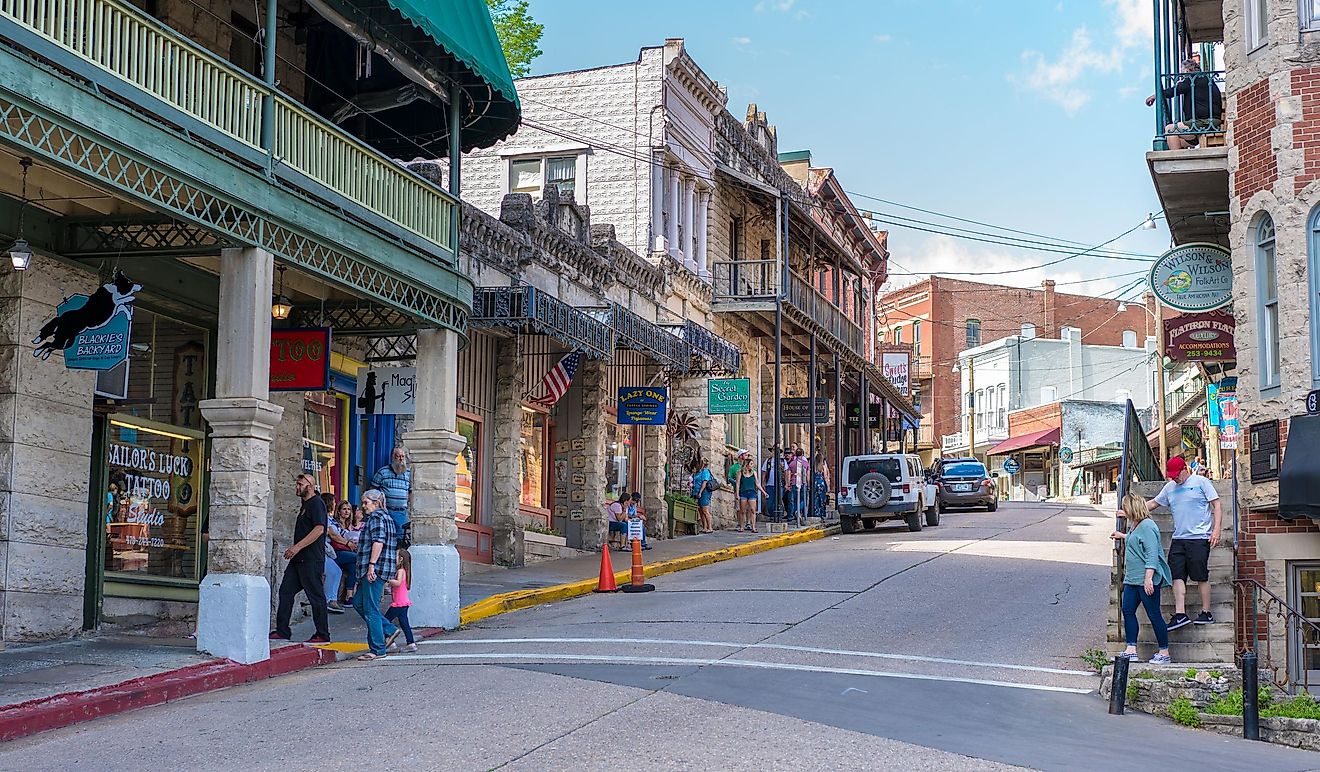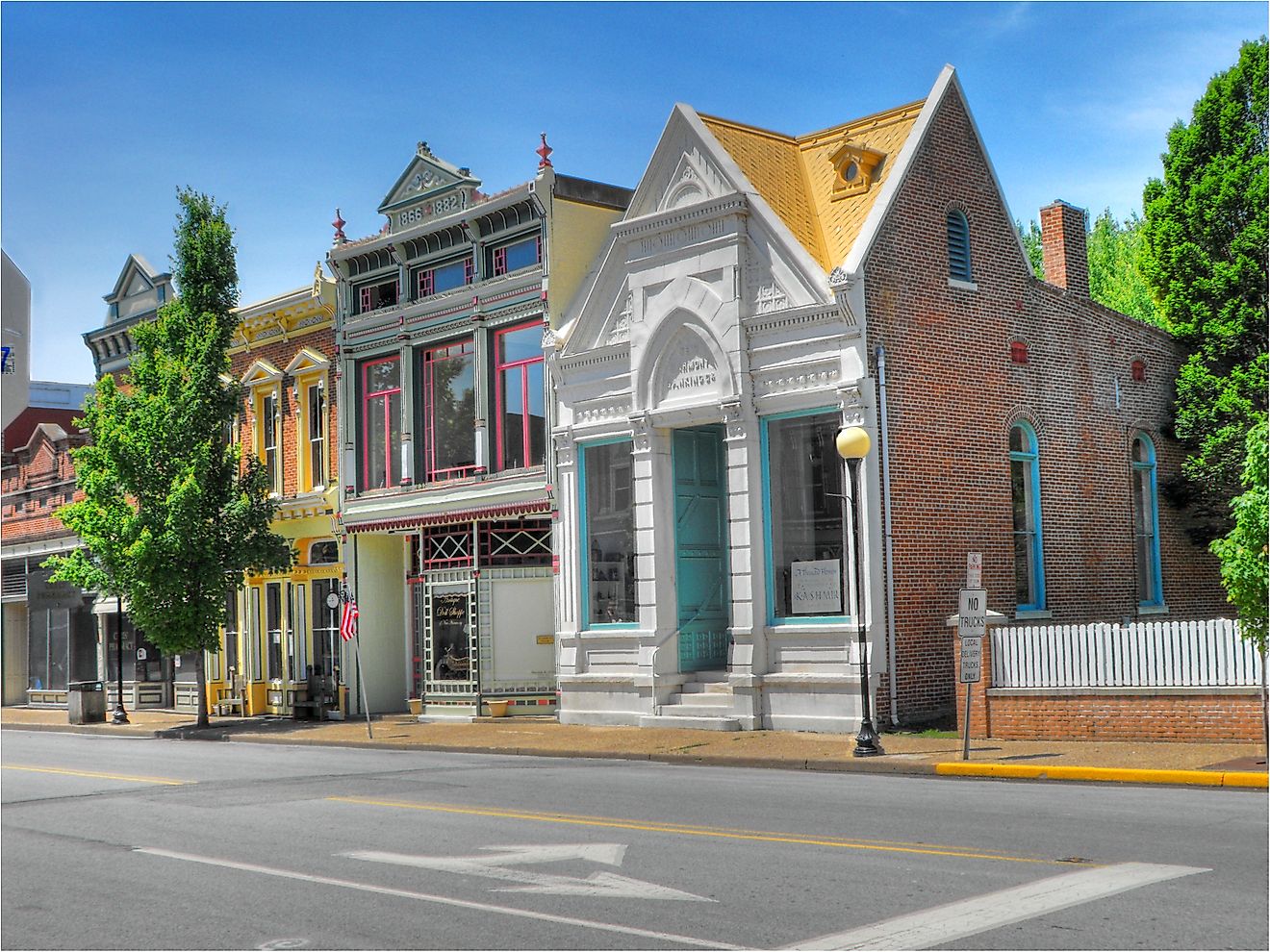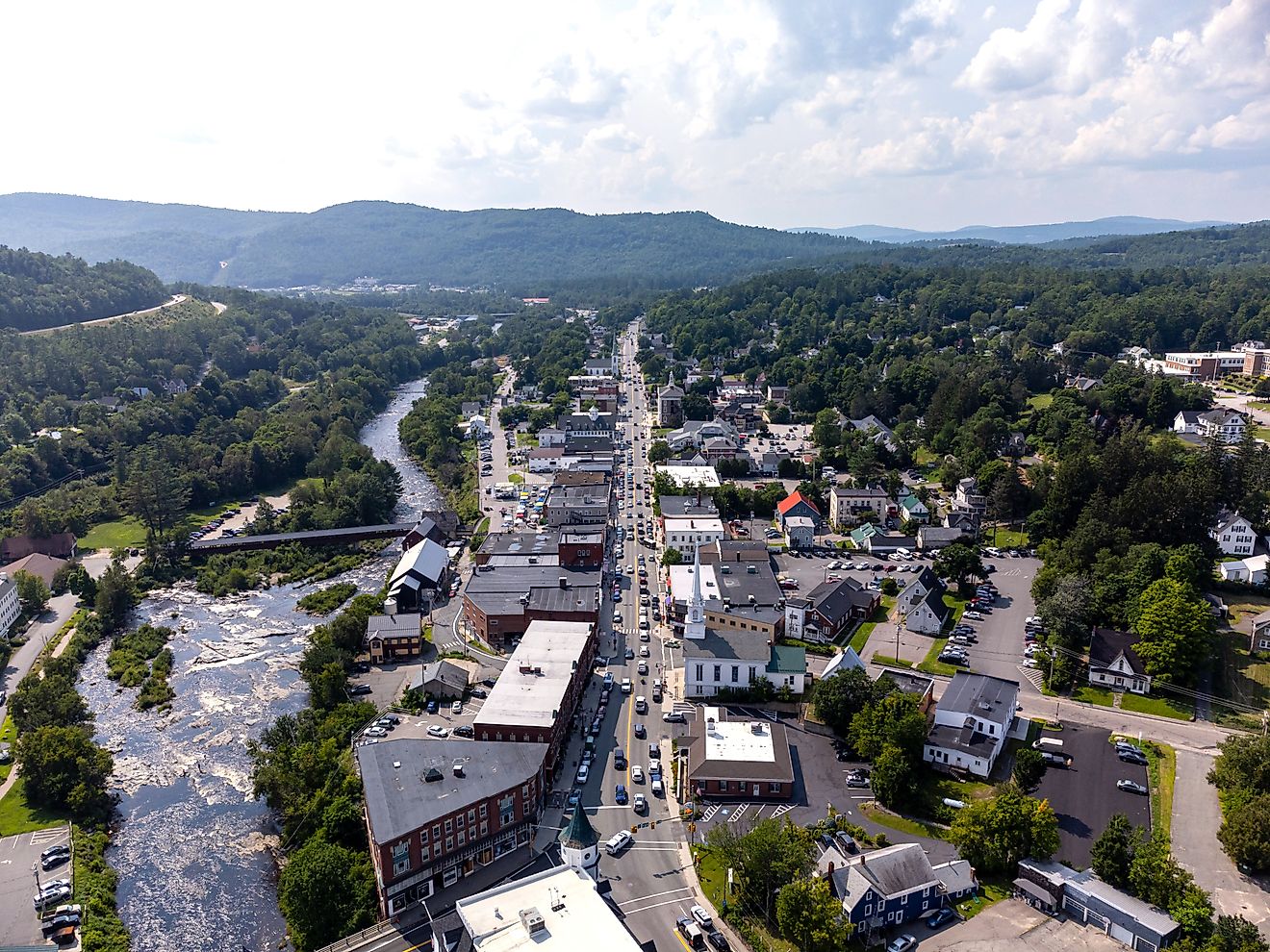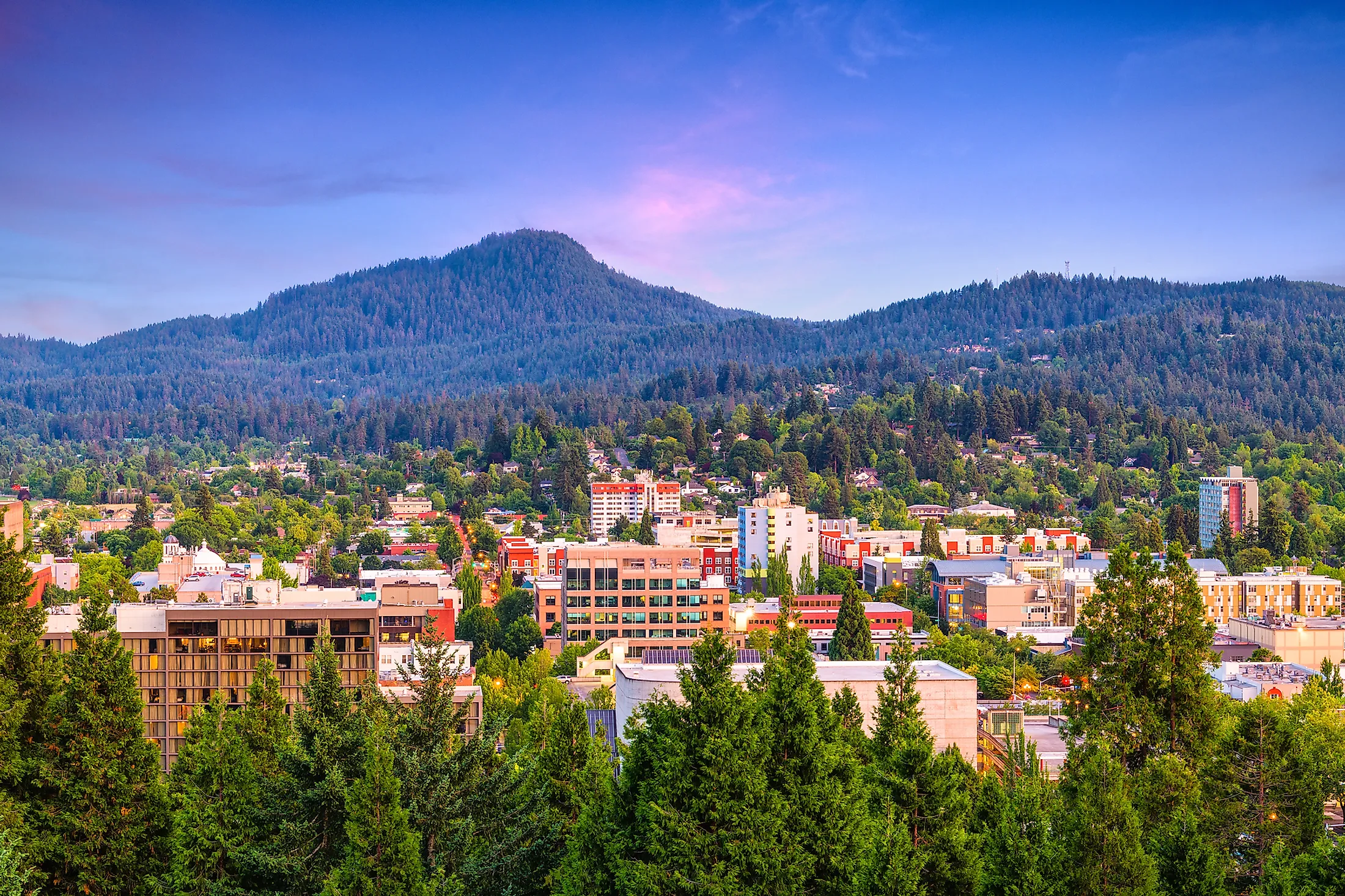
Eugene, Oregon
Eugene lies in western Oregon's broad Willamette River valley, roughly 100 miles south of Portland and midway between the Pacific Ocean and the Cascade Mountains. According to the United States Census Bureau, the city has a total area of 43.74 square miles, of which 43.72 square miles is land and 0.02 square miles is water. To the south, east, and west, Eugene is bordered by foothills and forests, while to the north, the topography levels down into the Willamette Valley and is largely agricultural.
Brief History Of Eugene
Eugene is named after Eugene Franklin Skinner, the city's founder. It was known as Eugene City until 1889. Skinner built the first cabin in the region around 1846. On January 8, 1850, it was registered as an official post office and utilized as a trading post. Skinner's Mudhole was the name of the village at the time. It was renamed Eugene City in 1853, although it was not fully established as a city until 1862. Skinner later operated a ferry service over the Willamette River at the Ferry Street Bridge.
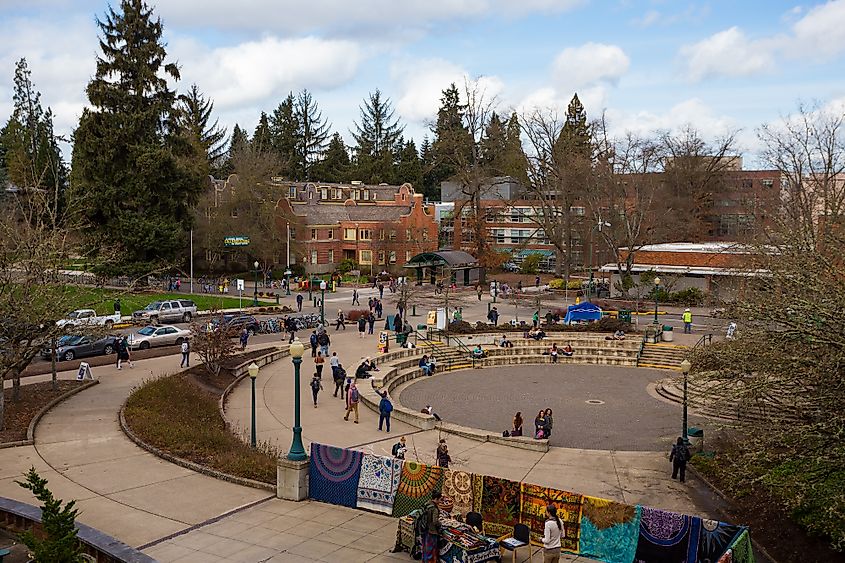
Columbia College, created a few years before the University of Oregon, was the first significant educational institution in the area. Two large fires destroyed it in four years, and after the second one, the college chose not to reconstruct it again. Intending to transform the little town into a center of study, the town gathered the initial funds to establish a public institution, which subsequently became the University of Oregon. The Legislative Assembly approved legislation to establish the University of Oregon as a state institution in 1872. In 1889, the city's name was changed from Eugene City to Eugene.
Climate Of Eugene
Eugene's climate may be described as oceanic with Mediterranean influences. Winter is mild enough but not as mild as the Mediterranean climate, and rainfall is common for several months of the year, while summer is hot and sunny, with cool evenings. In the winter, fog might occur at night and early in the morning. On the coldest nights of the year, the temperature often drops to -7/-8 °C (18/19 °F), although it can occasionally fall below this level. In the summer, there are significant temperature differences between night and day. The temperature often reaches 37/38 °C on the warmest days of the year.
Population And Economy Of Eugene
According to the most recent US Census estimates, the current population of Eugene, Oregon, is 178,385 people. Eugene's population has risen by 13.96 % since the 2010 census when it had a population of 156,527. White (Non-Hispanic) (77.9 %), White (Hispanic) (5.35 %), Two+ (Non-Hispanic) (5.08 %), Asian (Non-Hispanic) (4.38 %), and Other (Hispanic) (2.98 %) are the top five ethnic groups in Eugene.
Eugene has a median household income of $72,070 and a poverty rate of 20.38 %. PeaceHealth Medical Group, the University of Oregon, and the Eugene School District are the city's top employers. The largest industries in the city are wood products manufacturing as well as recreational vehicle manufacturing.
Attractions In Eugene
Hayward Field
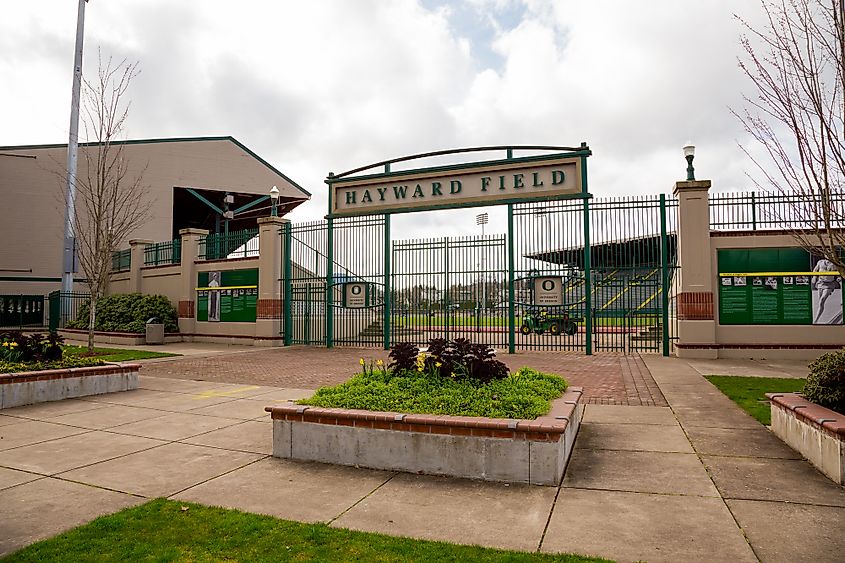
Hayward Field, which was originally designed as a football field in 1919, is one of the world's most famous track and field venues. It is located on the University of Oregon's campus and has held three US Olympic Trials, eleven NCAA Outdoor Championships, and six US Championships.
Cascades Raptor Center
The Cascades Raptor Center, one of Eugene's major attractions, was founded in 1987 as a nature center and wildlife hospital for raptor birds. Every year, the hospital provides care for more than 200 wounded or orphaned raptors with the assistance of experienced professionals and the application of the highest standards in veterinary care and treatment. The birds are returned to their natural environment after being treated and fully recovered.
Museum of Natural and Cultural History
The Museum of Natural and Cultural History, located on East 15th Street on the campus of the University of Oregon, is the biggest American natural history museum between San Francisco and Seattle. The museum's architecture is evocative of Native American longhouses in the Pacific Northwest. The museum, which opened in 1876 with geologist Thomas Condon's fossil collection, now has 100,000 fossils, about one million archaeological items and cultural artifacts, and numerous animal species. The museum provides temporary exhibitions with Pacific Northwest themes in addition to its permanent collection.
Jordan Schnitzer Museum of Art
The Murray Warner Collection of Oriental Art was housed at the museum when it opened in 1933. Gertrude Bass Warner graciously donated this collection of nearly 3,700 works of artwork to the University of Oregon, where the museum is located. American, Chinese, Japanese, and Korean art may be seen in the museum's galleries. Special exhibitions include artworks from the museum's permanent collection as well as artworks from other collections. The museum organizes events and welcomes both families and school groups.
McKenzie River National Recreation Trail
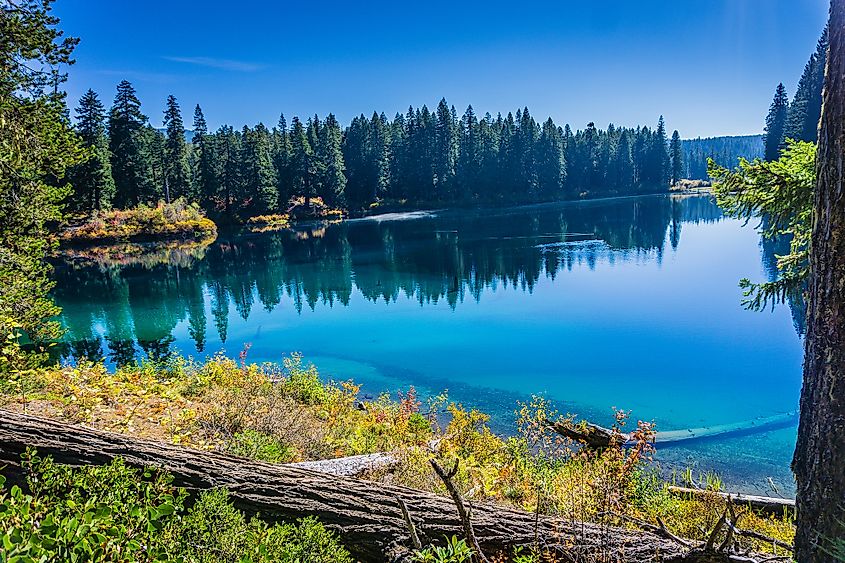
The McKenzie River National Recreation Path is 26-mile biking, mountain riding, and hiking trail that begins with an ancient lava flow from Mount Washington and continues through a stunning landscape. The trail wanders along the McKenzie River, passing through old-growth Douglas firs and across multiple bridges. The route leads travelers to additional magnificent sites such as Clear Lake and the McKenzie River's source, the Great Spring.
The Science Factory
The Science Factory is a planetarium and children's museum. The Southwest Oregon Museum of Science and Industry, which opened in 1961, is now situated in a 10,000-square-foot structure. It has various rotating interactive exhibits and sponsors other science and technology-related activities.
Oregon Air and Space Museum
The museum is dedicated to displaying its collection of vintage aircraft and spacecraft, with a focus on the history of aerospace in Oregon. The museum, which opened in 1991 and expanded in 1999, presently has 6,300 square feet of facility space. The museum also conducts activities such as lecturers and airfares and encourages school field trips.
Owen Rose Garden
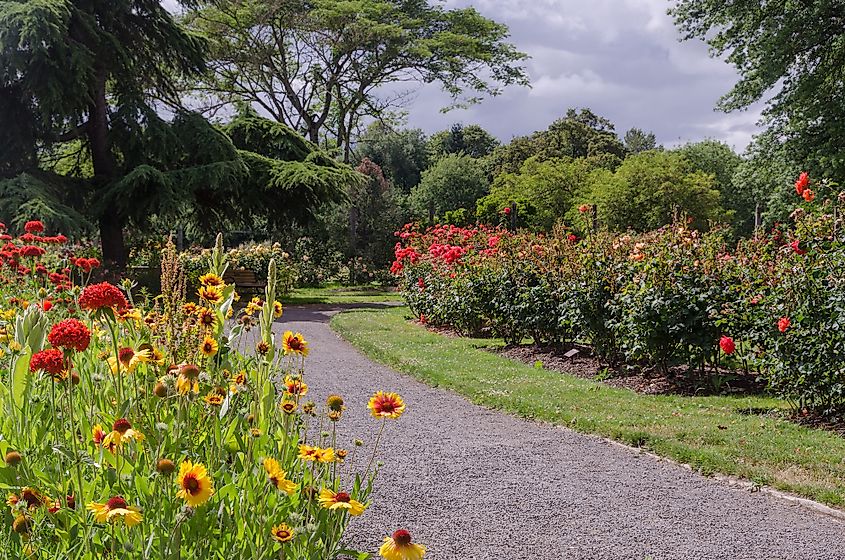
Owen Rose Garden features around 4,500 roses on eight and a half acres on the Willamette River's bank near the Washington/Jefferson Street Bridge. Former Eugene councilor George E. Owen provided the property for the garden in 1951, and the Eugene Rose Society joyfully supplied the first 750 rose plants. Today, visitors may witness over 400 different rose types, some of which are valuable heirloom and heritage kinds.
Eugene, Oregon's second-biggest city, has various activities to see and do during your visit. The Museum of Natural and Cultural History and the Science Factory are two of the best things to do in Eugene, Oregon, when visiting with children.
